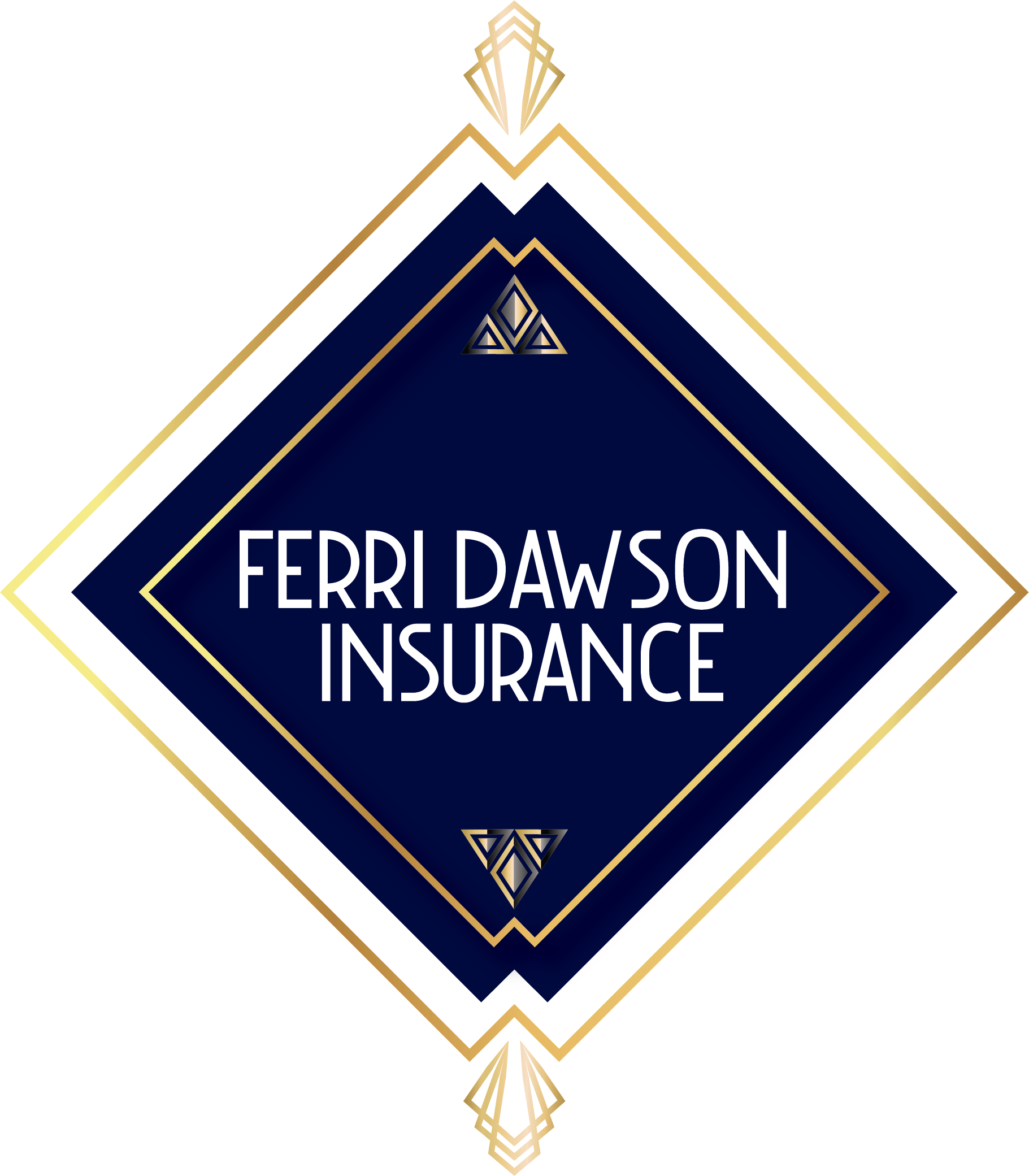Homeowners or renters insurance will protect your belongings in your home and help you replace them should they be destroyed, damaged, or stolen. However, some valuable possessions are excluded from homeowners or renters insurance. Or they may have a coverage limit. If that’s the case, how do you insure those items? Often, lists of general types of belongings are provided in the insurance policy contract.
Do you need Valuable Articles coverage?
1. Read your insurance policy
An insurance policy is a contract between you and your insurance company; reading it will help to determine whether or not your policy meets your needs. In this contract you will find the limits of coverage, the types of property covered, and the list of exclusions.
The coverage limit is the most money that your insurance company agrees to pay you for a covered loss. Different types of property may require different types of coverages, and coverages often have different coverage limits.
Exclusions are simply items or scenarios that are not covered by your insurance policy.
Valuable items often need to be listed separately and sometimes appraised. Coverage will be different from company to company, so be sure you read — and understand — yours.
Remember: our job as your agent is to help you understand your insurance coverage. We are here to help you and answer any questions you may have about your policies.
2. Make a home inventory
Last summer we devoted a blog post to why you need to create a household inventory. To create an inventory, make a list of all your valuable possessions, including photographs and notes. In the event of a fire, your insurance company will ask for an inventory so they can replace the items destroyed in the loss. For a thorough inventory, check your garage, basement or attic for stored valuable items such as collectibles in storage. Any record of receipts or appraisals will be very useful if you ever need to file a claim. Our recommendation is to store this list electronically by emailing it to yourself so that you would have a copy in the event of a total loss. Additionally, we recommend recording a video of the rooms in your home and emailing that as well. The more detailed the better, but in the event of a loss you will be thankful for any level of documentation you prepared.
3. Get appraisals
Appraisals on jewelry or collectibles may be necessary in order to ascertain their correct value. An appraisal will help you find out if your homeowners or renters insurance provides the full coverage amount for your valuable items. If you have items above a certain value, for full protection you may need to purchase an additional policy for coverage.
4. Review your home inventory with your insurance agent
We have many options for including extra coverages (named endorsements) to your existing homeowners or renters policy. Depending on the situation and value of the item, we’ll review the valuable items and decide if the items should be specially scheduled on your existing homeowners or renters insurance policies, or if a separate personal articles floater policy is best.
Policies vary from company to company, so you can expect your insurance agent to be helpful with explaining your policy and possible added coverage (endorsements). You should rely on their expertise, but your conversation should never include confusing jargon.
At Ferri Dawson Insurance Group we represent many insurance companies, so we can match the best one to you. We are here to help and guide you to ensure your valuable items are protected.
Give us a call at 724-575-7237 for a free review of your insurance policy or to create a new one.
Sources:
*NAIC: My Insurance Doesn’t Cover What?* http://live-naic-static.pantheonsite.io/Releases/2016_docs/my_insurance_doesnt_cover_what.htm
